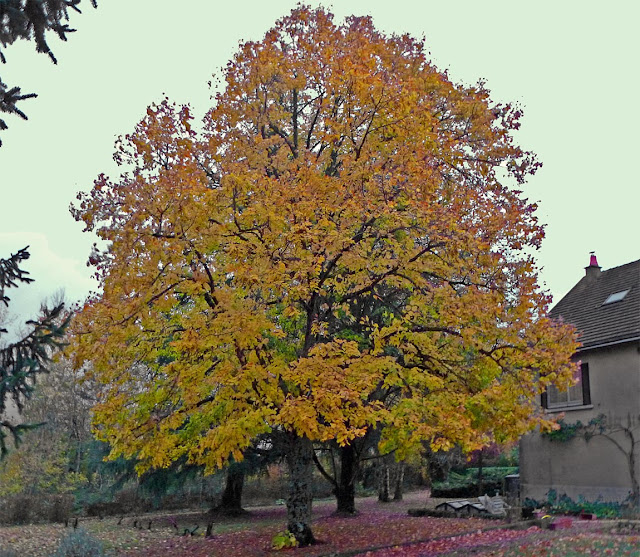This from the history blurb in French on the Château de Montrésor web site:
"On this rock in the year 1005, Foulques Nerra, the count of Anjou, about whom it was said he was 'feared by God and the devil alike', built a powerful fortress to defend against his mortal enemy Eudes, the count of Blois. Foulques finally defeated Eudes in the year 1016 in the battle of Pontlevoy, which left more than 5,000 dead or wounded." Pontlevoy is a town just a few miles north of Montrichard, on the road to Blois.
"On this rock in the year 1005, Foulques Nerra, the count of Anjou, about whom it was said he was 'feared by God and the devil alike', built a powerful fortress to defend against his mortal enemy Eudes, the count of Blois. Foulques finally defeated Eudes in the year 1016 in the battle of Pontlevoy, which left more than 5,000 dead or wounded." Pontlevoy is a town just a few miles north of Montrichard, on the road to Blois.
2012
"A great warrior and builder, Foulques Nerra was responsible for the construction of numerous fortresses in Touraine, including those at Montbazon, Langeais, Loches, and Montrichard. Foulques lived to the age of 70, went on four pilgrimages to Jerusalem, and at his death was entombed in the abbey at Beaulieu-lès-Loches. He was an ancestor of the Plantagenet dynasty."
Another Wiki article says Foulques Nerra made just three pilgrimages to the Holy Land. The Beaulieu abbey where his tomb was placed is just a few miles west of Montrésor. Foulques' descendants, the Plantagenets, were to become England's royal dynasty for several centuries.
Another Wiki article says Foulques Nerra made just three pilgrimages to the Holy Land. The Beaulieu abbey where his tomb was placed is just a few miles west of Montrésor. Foulques' descendants, the Plantagenets, were to become England's royal dynasty for several centuries.



















































